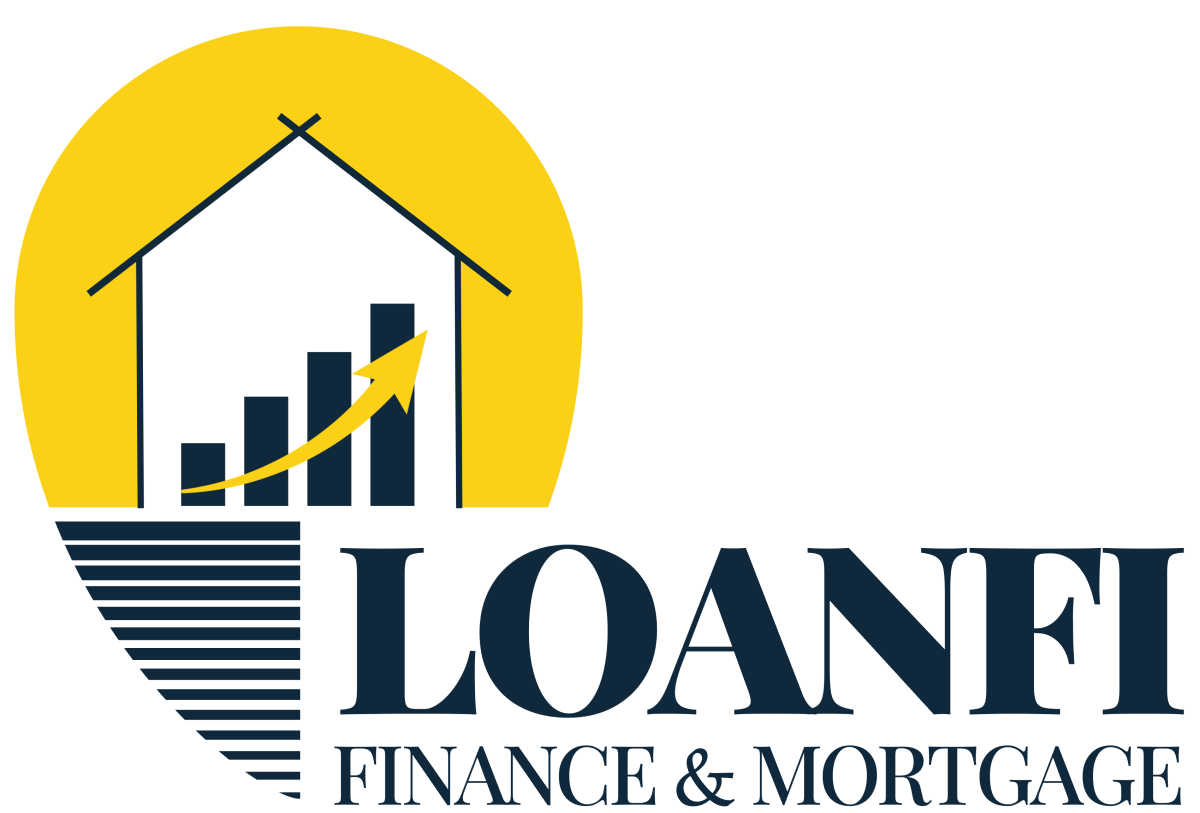Owning a home is a monumental achievement, but it also comes with a set of ongoing expenses that are essential to consider in your financial planning. From property rates to maintenance and everything in between, understanding these costs is crucial for ensuring a stable and sustainable homeownership experience.
Understanding the Ongoing Costs
Home Insurance:
Home insurance provides financial protection against unforeseen events such as fire, theft, or natural disasters. While not legally required, it’s highly recommended to have home insurance to safeguard your investment. The cost of home insurance varies depending on factors such as the value of your home, its location, and the level of coverage you choose. Budgeting for home insurance premiums ensures that you’re prepared for any unexpected emergencies that may arise.
Maintenance and Repairs:
As a homeowner, you are responsible for maintaining your property and keeping it in good condition. This includes regular upkeep tasks such as painting, plumbing repairs, and roof maintenance. While some maintenance tasks can be DIY projects, others may require professional assistance, adding to your expenses. It’s essential to budget for these ongoing maintenance costs to ensure that your home remains safe, functional, and aesthetically pleasing.
Property Rates and Taxes:
Property rates, also known as council rates, are fees levied by local governments to fund essential services such as garbage collection, road maintenance, and public amenities. These rates are typically calculated based on the value of your property and can vary depending on your location. It’s essential to budget for these expenses as they are non-negotiable and can have a significant impact on your monthly budget.
Utilities:
Utilities such as electricity, gas, water, and sewer are essential for everyday living. As a homeowner, you are responsible for covering the costs of these services, which can vary depending on factors such as usage and location. Budgeting for utilities ensures that you can comfortably afford these expenses without straining your finances. Additionally, investing in energy-efficient appliances and practices can help reduce your utility bills over time.
Lawn Care and Landscaping:
If you have a lawn or outdoor space, you’ll need to budget for lawn care and landscaping expenses. This includes tasks such as mowing, fertilizing, pruning, and garden maintenance. While some homeowners may choose to handle these tasks themselves, others may opt to hire professional landscapers or gardeners. Budgeting for lawn care ensures that your outdoor space remains well-maintained and enhances the curb appeal of your home.
Incorporating Ongoing Costs into Your Financial Plan
Assess Your Budget:
Before purchasing a home, it’s essential to assess your budget and determine how much you can comfortably afford to spend on ongoing expenses. Consider factors such as your monthly income, existing debts, and lifestyle preferences when creating your budget. Allocating a portion of your budget to cover ongoing homeownership costs ensures that you can afford to maintain your property and enjoy a comfortable standard of living.
Prioritize Essential Expenses:
When budgeting for ongoing homeownership costs, prioritize essential expenses such as property rates, home insurance, and utilities. These expenses are non-negotiable and should be paid promptly to avoid any penalties or disruptions in service. Consider setting up automatic payments or direct debits to ensure that these expenses are covered on time each month.
Build an Emergency Fund:
Unexpected expenses can arise at any time, so it’s essential to have an emergency fund to cover any unforeseen costs. Aim to save at least three to six months’ worth of living expenses in an easily accessible savings account. Having an emergency fund provides peace of mind and financial security, allowing you to handle any unexpected expenses that may arise without derailing your long-term financial goals.
Plan for Future Expenses:
In addition to budgeting for current ongoing expenses, it’s essential to plan for future expenses such as home repairs, renovations, and upgrades. Consider setting aside a portion of your budget each month for a home maintenance fund to cover these expenses as they arise. Planning for future expenses ensures that you can maintain and improve your home over time, increasing its value and longevity.
Navigating the ongoing costs of homeownership requires careful planning and budgeting. By understanding the various expenses associated with owning a home and incorporating them into your financial plan, you can build a sustainable homeownership experience that provides long-term stability and peace of mind.
